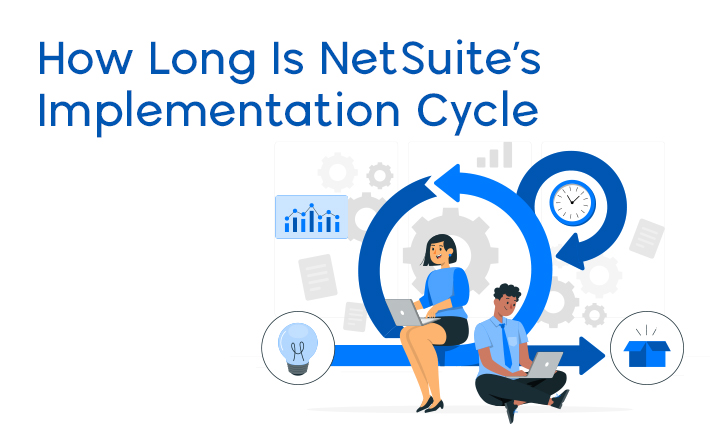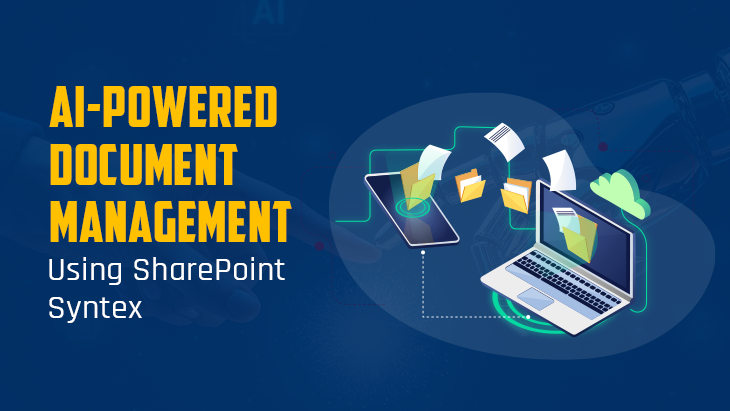The implementation cycle of NetSuite, a comprehensive cloud-based business management software, can vary depending on several factors, including the complexity of the business, the scope of implementation, customization requirements, data migration, and the availability of resources. In this article, we will discuss the typical duration of a NetSuite implementation cycle, the factors that influence it, and the steps involved in the process.
The duration of a NetSuite implementation cycle can range from a few weeks to several months. It is important to note that every implementation is unique, and the timeline can be influenced by various factors. However, it is possible to provide a general overview of the key stages and their respective timeframes.
1. Project Initiation and Planning: This stage involves defining the project scope, goals, and objectives, as well as identifying key stakeholders and assembling a project team. During this phase, the implementation partner and the client collaborate to create a project plan, timeline, and resource allocation. The duration of this stage can range from a few days to a couple of weeks, depending on the complexity of the implementation.
2. Requirements Gathering and Analysis: In this stage, the implementation team works closely with the client to understand their business processes, requirements, and customization needs. This involves conducting workshops, interviews, and documentation of the current business processes. The duration of this stage can vary depending on the size and complexity of the organization, typically ranging from a few weeks to a couple of months.
3. System Configuration and Customization: Once the requirements are gathered, the implementation team proceeds with configuring the NetSuite system to align with the client's business processes. This includes setting up modules, workflows, user roles, and permissions. Customizations, such as creating custom fields, forms, and reports, are also implemented during this stage. The duration of this stage depends on the extent of customization required and can range from a few weeks to a couple of months.
4. Data Migration: Data migration involves transferring data from the client's existing systems to NetSuite. This includes importing customer data, vendor data, product data, and other relevant information. The complexity and volume of data can significantly impact the duration of this stage. Data cleansing and validation processes are also performed to ensure data accuracy. The duration of data migration can range from a few weeks to a couple of months, depending on the data complexity.
5. User Training: Proper training is crucial for successful adoption of the NetSuite system. During this stage, the implementation team provides training sessions to key users and stakeholders to familiarize them with the functionalities and features of NetSuite. Training can be conducted through workshops, online sessions, or a combination of both. The duration of user training can vary depending on the size of the organization and the number of users involved. Typically, it takes a few weeks to complete the training process.
6. User Acceptance Testing (UAT): UAT is a critical stage where the client validates the system against their requirements and performs thorough testing to ensure that the implemented solution meets their expectations. This stage involves testing different scenarios, validating workflows, and identifying any issues or bugs that need to be addressed. The duration of UAT can vary depending on the complexity of the implementation and the client's thoroughness in testing. It usually takes a few weeks to complete the UAT phase.
7. Go-Live and Post-Implementation Support: Once the system has been tested and validated, the final step is to go live with NetSuite. The implementation team assists in migrating the client's operations to the new system, ensuring a smooth transition. Post-implementation support is provided to address any issues or concerns that arise after the go-live. The duration of this stage depends on the complexity of the implementation and the level of support required by the client.
It is important to note that the durations mentioned above are estimates and can vary depending on the specific requirements and circumstances of each implementation. Factors such as the size of the organization, the complexity of business processes, the level of customization, data quality and availability, and the availability of resources can all impact the overall duration of the implementation cycle.
It is also worth mentioning that organizations may choose to implement NetSuite in phases, focusing on specific modules or functionalities first and gradually expanding the implementation over time. This approach allows for better control, risk management, and the ability to address any issues or challenges that may arise during the implementation process.
To ensure a successful NetSuite implementation within the desired timeframe, it is essential to engage with an experienced implementation partner who understands the unique needs of your business. They can provide guidance, best practices, and support throughout the implementation journey, helping to streamline the process and maximize the benefits of the NetSuite system.
In conclusion, the duration of a NetSuite implementation cycle can vary based on various factors, but it typically ranges from a few weeks to several months. Each stage of the implementation process, including project initiation and planning, requirements gathering and analysis, system configuration and customization, data migration, user training, user acceptance testing, and go-live, contributes to the overall duration. By working closely with an experienced NetSuite implementation partner and following a well-defined implementation plan, organizations can successfully implement NetSuite and leverage its robust capabilities to streamline their business operations, improve efficiency, and drive growth.
















Post Comments